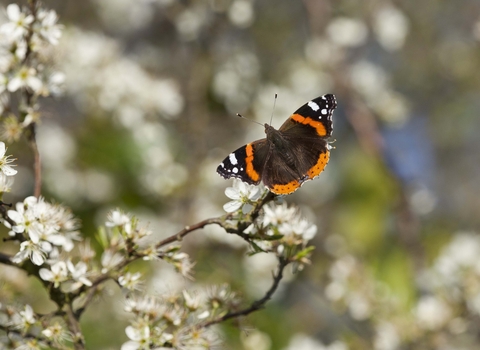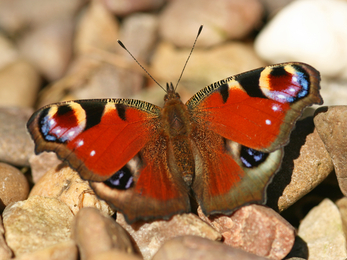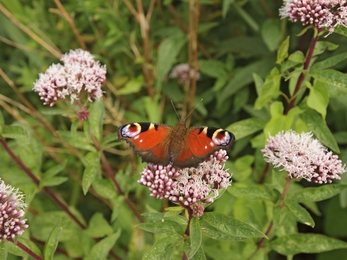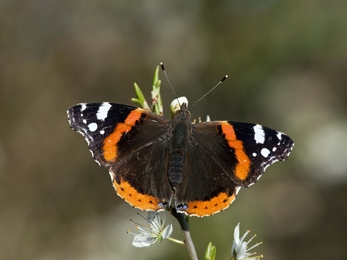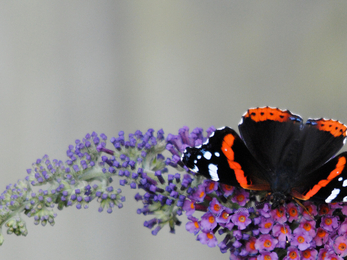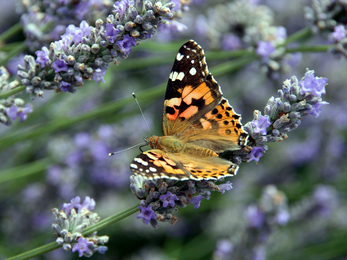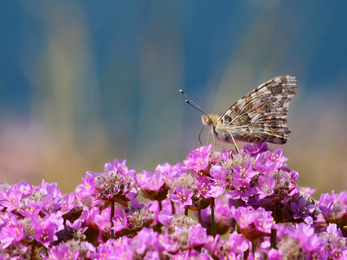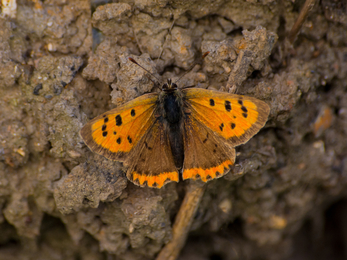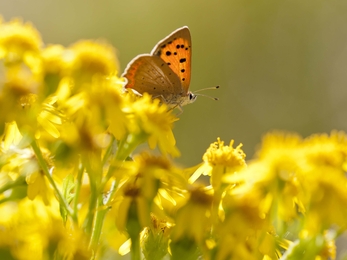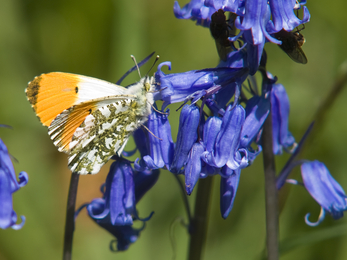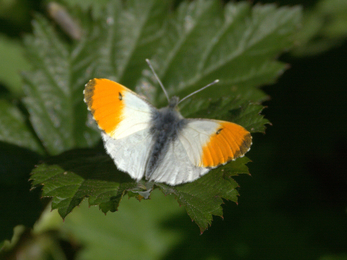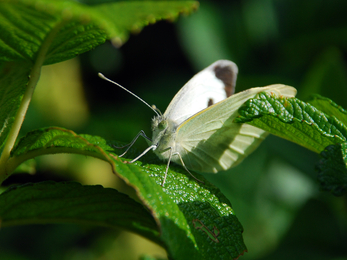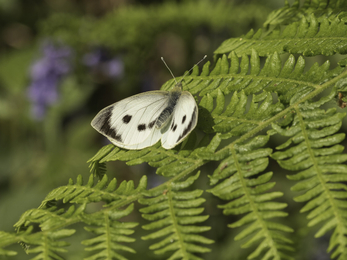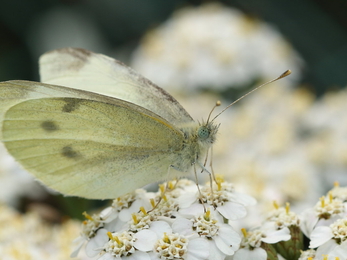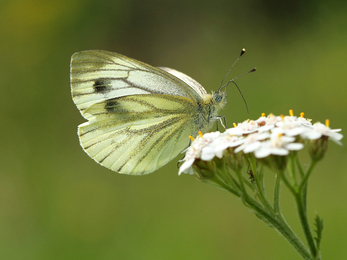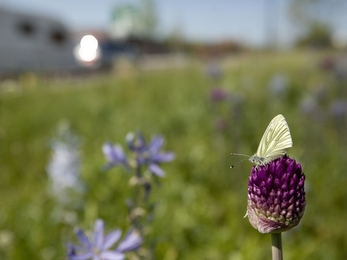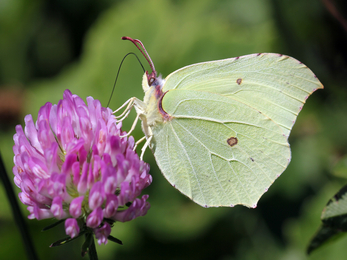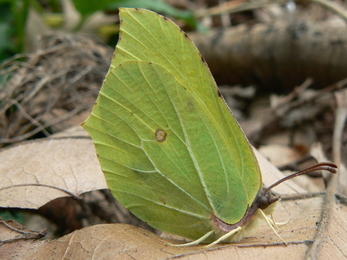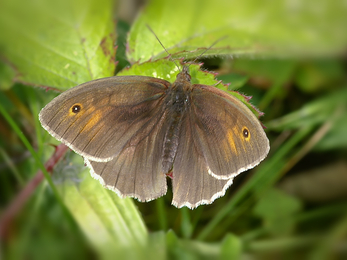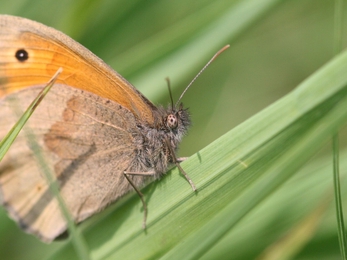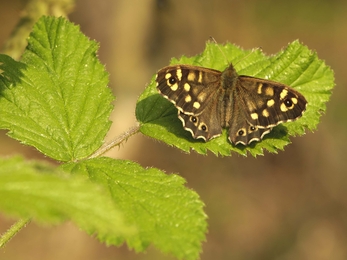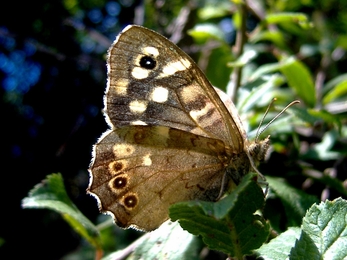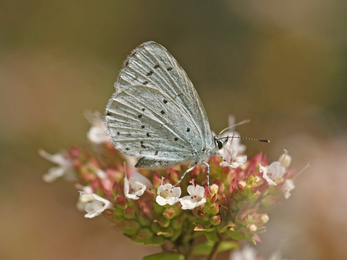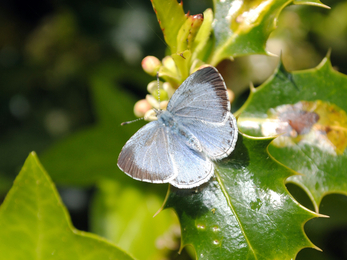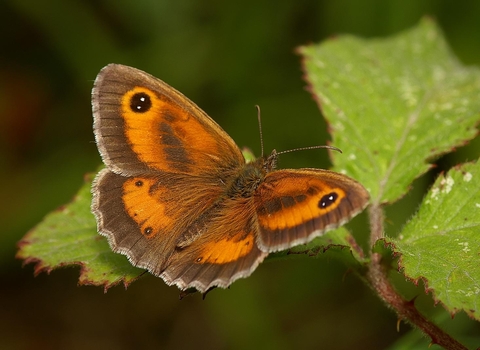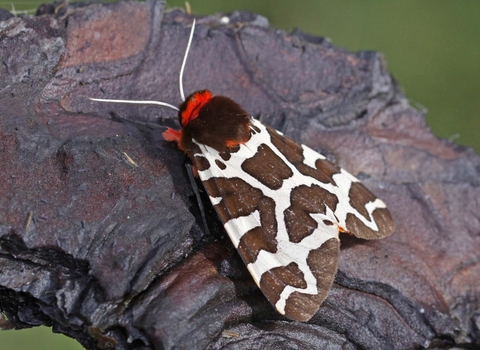What butterfly have I seen in my garden?
The following butterflies are some of the common species spotted in gardens. An overcast day is a particularly good time to see them up close because they won't be as active and stay still for longer.
Peacock
Description: Deep-red with black marks and blue 'eyespots' (like a peacock’s tail feathers) on the forewings and hindwings.
When: January-December
Red admiral
Description: Black with broad, red stripes on the hindwings and forewings, and white spots near the tips of the forewings.
When: January-December
Small tortoiseshell
Description: Reddish-orange with black and yellow markings on the forewings and a ring of blue spots around the edge of the wings.
When: January-December
More about the small tortoiseshell butterfly
Painted lady
Description: Orange with black tips to the forewings that are adorned with white spots, and black spots on the hindwings and forewings.
When: April-October
Small copper
Description: Bright orange forewings with dark brown spots and a thick, dark brown margin. Dark brown hindwings, banded with orange.
When: April-October
More about the small copper butterfly
Orange-tip
Description: Males are white with bold orange patches on the forewings and light grey wingtips. Females are white with grey-black wingtips. Both have mottled grey-green undersides.
When: April-July
Large white
Description: White with prominent black tips to the forewings. Females have two black spots and a dash on each forewing. Plain, creamy-yellow underside.
When: April-October
Small white
Description: White with light grey tips to the forewings. Females have one or two black spots on each forewing. Plain, creamy-yellow underside.
When: April-October
Green-veined white
Description: White with grey-black tips and one or two black spots on the forewings. Thick, grey-green stripes on the underside.
When: April-October
Brimstone
Description: Large butterfly with a greyish body and characteristically veiny and pointed wings. Males are lemon-yellow, while females are greenish-white with orange spots in the middle of each wing.
When: January-December
Meadow brown
Description: Brown with washed-out orange patches on the forewings. One black eyespot with a small white ‘pupil’ on each forewing.
When: June-September
Speckled wood
Description: Dark brown with creamy yellow spots. The best way to identify the 'brown' butterflies is by looking at the eyespots on their wings. The speckled wood is the only brown butterfly with three small, cream-ringed eyespots on each hindwing and one on each forewing.
When: March - October
Holly blue
Description: Bright blue with black spots on its silvery underside. Females have black wing edges.
When: April-September
Common blue
Description: Males have bright blue wings with a brown border and white fringe. Females are brown with a blue 'dusting'. Both have orange spots on their undersides.
When: May-October

